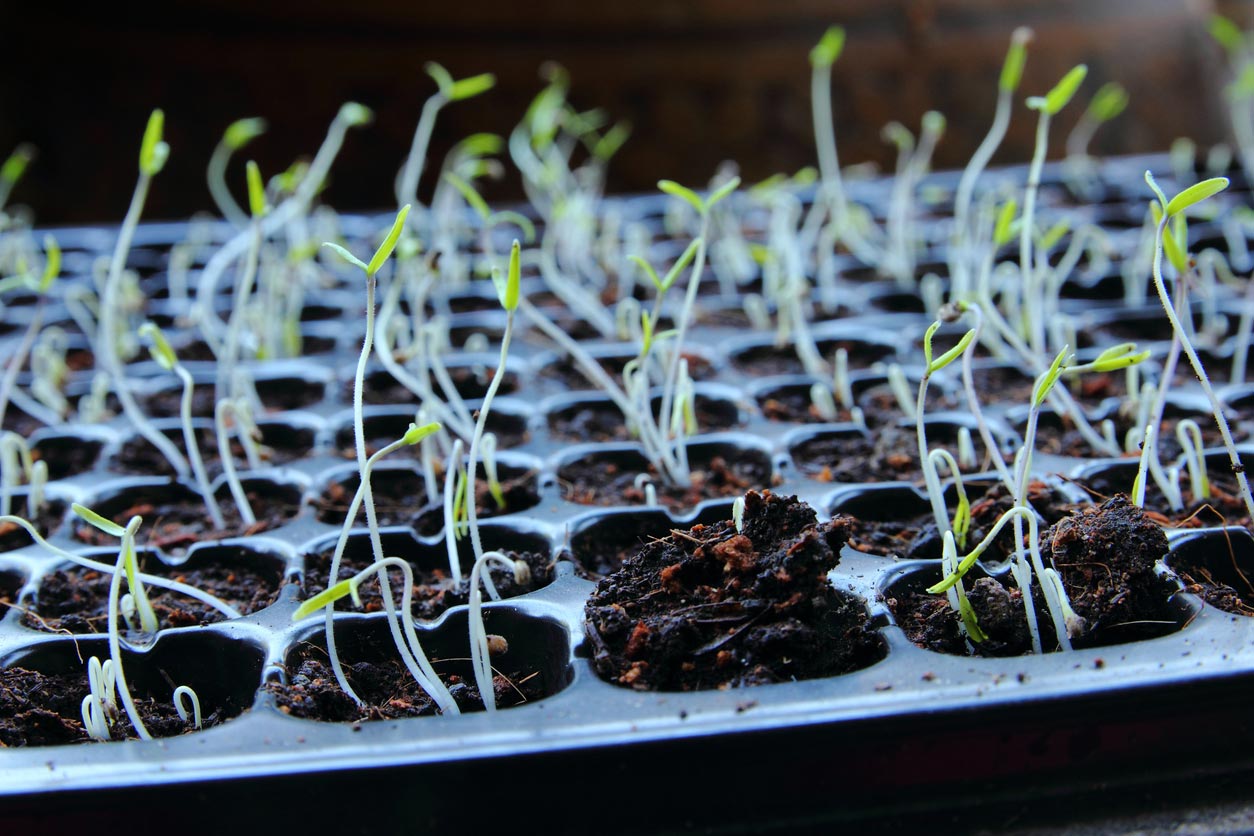

What type of soil does milkweed grow best in? Ideal places could be in corner flower beds or the back of a cottage garden border. Milkweed is infamous for spreading quickly so it is important to also choose a place to grow this plant where you can control the spread. They’re also self-seeded so best to plant them in a place that’s protected from the wind which will help prevent them from spreading too quickly.
PLANT SPROUT FULL
'The best place to plant milkweed is in a spot with full sun as they need at least 6 to 8 hours of sun per day. Milkweed, although needing colder temperatures to germinate, thrives best in the sunniest parts of your garden once grown so they are the perfect plant for your south-facing garden ideas. It is worth noting that moving milkweed plants, even with the utmost care, could kill the plant so it is best to leave them where they are when possible. If you are relocating your Milkweed plants, make sure to never divide or break the long, carrot-shaped roots of the plant. However, removing withered flowers can result in new buds.' Anna assures us. 'Milkweed needs little to no looking after and most species aren’t bothered by pests, heat, or drought. Overwatering Milkweed can result in deadly funguses that will spoil your hard work. Provide one to two inches of water, allowing it to soak, and only re-water once this top one inch of soil is dry again. By the second growing season, the plants will become bigger and look stronger.Ĭommon milkweed only needs watering once their soil becomes dry - this makes it an ideal low-maintenance garden border idea. When growing milkweed for the first time, it is important to know that they may not grow much in their first season so patience is required. Keep your cuttings in a shady area outdoors to avoid direct sunlight as roots form.Ĭuttings can usually be transplanted around six to ten weeks after propagating and, when taking cuttings in mid-summer, your plants should be well established before winter. To start cuttings, coat the bottom of the cut stem with a strong rooting powder before placing it in high-quality potting soil which has been kept moist.
PLANT SPROUT HOW TO
Just as with other perennial plants, milkweed plants can be propagated from cuttings, and learning how to take plant cuttings is simple.Ĭollect your milkweed cuttings in mid-summer, when the plant stems are strongest by using sharp pruning shears to remove stems that have three to five leaf nodes. Milkweed plants produce seed pods each year, so it may be worth learning how to collect and store seeds from your garden plants to reap the rewards of your hard work every year. Once they have reached approximately one to five inches tall, they can be moved outdoors. Place them in a sunny spot in your house and water regularly to keep the soil moist but not soaking. Dampen the soil and place one to two seeds into each two-inch container, pressing them very gently into the soil. Once the germination process has begun, plant the seeds in seed trays, plant pots, or other small containers that allow for drainage. If you notice the seeds sprouting at any point before this, make sure to plant immediately. Most milkweed varieties need a minimum of 30 days in the cold to start the germination process. Place this towel into a sealed plastic bag and refrigerate for 30-60 days, depending on what your seed packet recommends. To cold treat your seeds indoors, sprinkle your milkweed seeds onto a damp paper towel and wrap. This method is good if you want to plant your seeds in the springtime rather than the previous fall.’ ‘When starting your seeds indoors, you will need to simulate the cold treatment process yourself. ‘It is good practice to water your seeds frequently if there is little rain until the plants are established. ‘When planting directly outside, scatter the seeds on the soil's surface approximately ¼-½ an inch apart before covering with approximately ¼ inch of additional soil,’ explains Homes & Gardens’ garden expert, Rachel Crow.


 0 kommentar(er)
0 kommentar(er)
